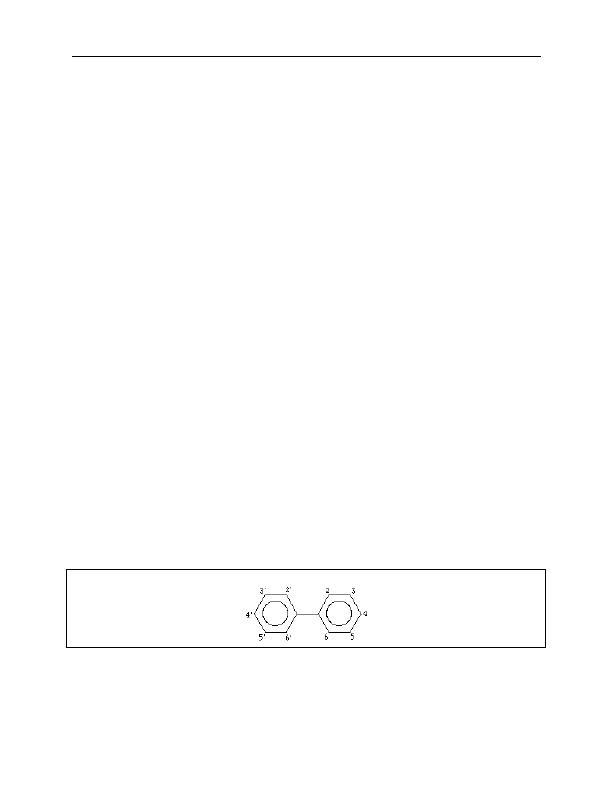
Public Health Assessment Public Comment Release
Ward Transformer NPL Site
chemical is greater than the health guideline, then the exposure dose is compared with known
health effect levels identified in ATSDR=s toxicological profiles and other current reference
sources. If the COC is a carcinogen, the theoretical cancer risk is also estimated. These
comparisons provide the basis for determining whether the exposure is a health hazard.
because completed pathways for exposure were identified.
Polychlorinated Biphenyls
Overview
PCBs are a group of synthetic organic chemicals that exhibit insulating and flame retardant
properties. They were first manufactured and used in the late 1920s. PCBs were used widely as
in the manufacture of common products including plastics, fluorescent lighting fixtures, and
pesticides. PCBs are also relatively inert and take a long time to break down. In 1977, evidence
that PCBs build up in the environment and may cause harmful effects led to a halt in the
manufacture of PCBs in the United States. However, PCBs are still found throughout the world
because they break down so slowly and may be transported long distances in the environment.
People can be exposed to PCBs in air, water, soil, or sediments. Most exposure to PCBs,
however, probably results from eating contaminated fish or meat. Because PCBs break down so
slowly, tissue levels of PCBs tend to increase up the food chain as predators eat smaller species.
In this way, the fish and meat people eat can be contaminated with higher levels of PCBs than
those existing in the air, water, soil, or sediments.
Chemical Structure
The chemical structure of PCBs determines their toxicity. The base of every PCB is the biphenyl
attached to each of the numbered corners representing carbon atoms in the diagram. To form a
PCB, 210 chlorine atoms substitute for these hydrogen molecules [5].
Figure 2. Biphenyl Chemical Structure (from [6])
system for naming PCBs is derived from the carbon atom numbers shown in Figure 2. Positions
2, 2', 6, and 6' are called ortho positions, positions 3, 3', 5, and 5' are called meta positions, and
6


 Previous Page
Previous Page
